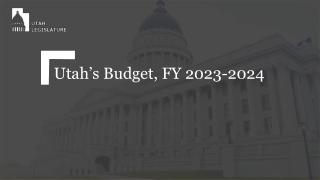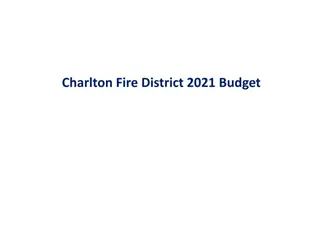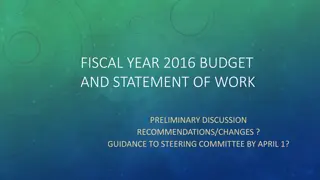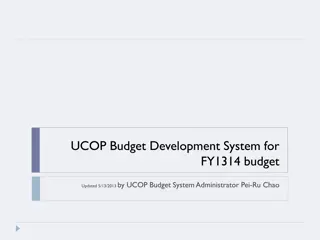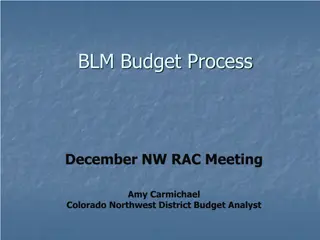
Potential Factors Influencing Realization Rates & Fuel Savings Trends
Explore the factors affecting low realization rates, sustainability of flagship programs, and future projections for energy-saving initiatives. Analyze the impact of decreased non-electric savings and discuss potential strategies for maintaining fuel neutrality in HES and HES-IE programs amidst changing energy usage patterns.
Download Presentation

Please find below an Image/Link to download the presentation.
The content on the website is provided AS IS for your information and personal use only. It may not be sold, licensed, or shared on other websites without obtaining consent from the author. If you encounter any issues during the download, it is possible that the publisher has removed the file from their server.
You are allowed to download the files provided on this website for personal or commercial use, subject to the condition that they are used lawfully. All files are the property of their respective owners.
The content on the website is provided AS IS for your information and personal use only. It may not be sold, licensed, or shared on other websites without obtaining consent from the author.
E N D
Presentation Transcript
July 9, 2025 HES & HES-IE Impacts Annual Planning Meeting Technical Consultants
Rebated Measures by Heating Fuel In 2019 and 2020, approximately 36% of homes were heated by electric, this drops to 9-12% in 2021 and 2022 Type 14,000 12,000 10,000 8,000 6,000 4,000 2,000 0 2019 2020 Gas 2021 Propane 2022 * Electric Oil *2022 data provided through July
Potential Impact Using 2021 Gas Program Results Combined, HES and HES-IE recognized over 2 million ccfs in 2021 2021 cost of gas savings was $12.41/ccf A 50% realization rate would result in the same savings costing $24.81/ccf 2021 average cost per unit HES: $1,096, HES IE: $1,072 To achieve the same level of savings per unit, it would cost HES $2,034/unit and HES IE $2,173/unit
Discussion Questions What potential factors may be influencing the low realization rates? HES and HES-IE are flagship programs. How can they remain fuel neutral with a significant decrease in savings from natural gas, oil and propane heated homes? In 2023, HES and HES-IE program spending is projected to decrease. Coupled with reduced non-electric savings, what do the programs look like going forward?

